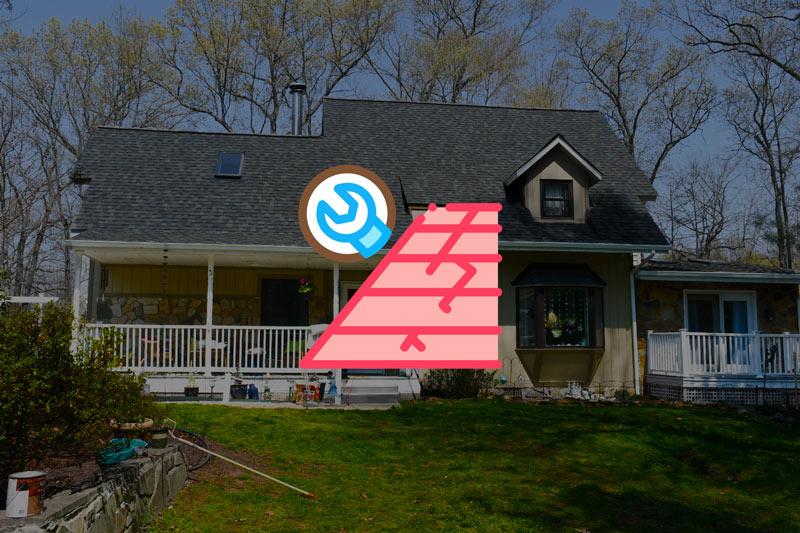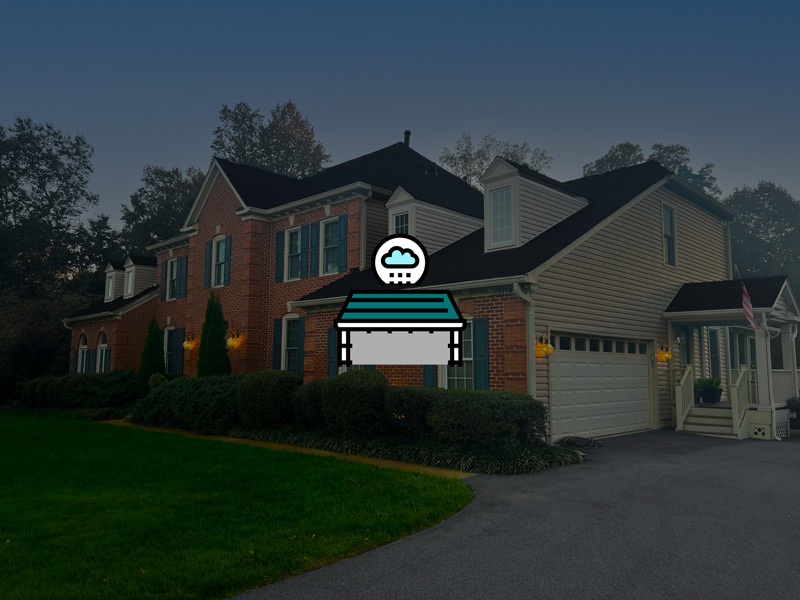How Many Years to Replace Roof: Tips for Roof Replacement
When it comes to home maintenance, one crucial aspect that often gets overlooked until it’s too late is the roof. A well-maintained roof not only protects your home from the elements but also adds to its overall aesthetics and value. But how often should you be considering a roof replacement? In this article, we’ll explore the factors that determine when and how often you should replace your roof.

Understanding the Lifespan of a Roof
Asphalt shingles are the most popular roofing material in the United States due to their affordability and durability. On average, you can expect asphalt shingles to last anywhere from 20 to 30 years. However, the actual lifespan can vary based on factors such as the quality of shingles, installation, and local weather conditions.
Metal Roofing
Metal roofing, including options like steel and aluminum, is known for its longevity. A well-maintained metal roof can easily last 50 years or more, making it a wise long-term investment. Metal roofs are highly resistant to weather-related damage, including hail and high winds.
Wood Shingles
Wood shingles provide a classic and timeless look to your home. However, they require more maintenance and have a lifespan of around 25 to 30 years. Regular maintenance, such as staining or sealing, can help extend their lifespan.
Tile Roofing
Tile roofing, often seen in Mediterranean-style homes, can last up to 50 years or more when properly maintained. Tile roofs are particularly resilient against fire and can withstand extreme temperatures.
Slate Roofing
Slate roofing is renowned for its beauty and longevity. With proper care, a slate roof can last a century or more.is a natural stone that is incredibly durable and resistant to weathering.

Factors Influencing Roof Replacement
Weather Conditions
Extreme weather conditions, such as heavy storms, hail, or extreme temperatures, can significantly reduce the lifespan of your roof. Inspect your roof regularly after such events and consider repairs or replacement if damage is extensive. Harsh climates can also lead to more frequent roof replacements.
Roof Maintenance
Regular roof maintenance, including inspections and repairs, can extend its lifespan. Neglecting maintenance can lead to premature replacement. It’s essential to keep your roof clean and free of debris, as clogged gutters and trapped moisture can accelerate deterioration.
Roof Installation
The quality of the initial installation plays a critical role in determining how long your roof will last. Hiring a reputable roofing contractor is essential for ensuring longevity. A poorly installed roof is likely to experience problems much sooner, leading to costly repairs or replacement.
Roof Ventilation
Proper roof ventilation helps regulate temperature and moisture, which can impact the longevity of your roof. Make sure your attic has adequate ventilation to prevent moisture buildup and heat-related damage. Inadequate ventilation can cause shingles to blister and curl, reducing their lifespan.
Material Quality
The quality of the roofing materials used is a significant factor in determining how long a roof will last. Investing in high-quality, durable materials may cost more upfront but can save you money in the long run by extending the roof’s lifespan. Cheaper materials may deteriorate more quickly and require replacement sooner.
Please Share!






